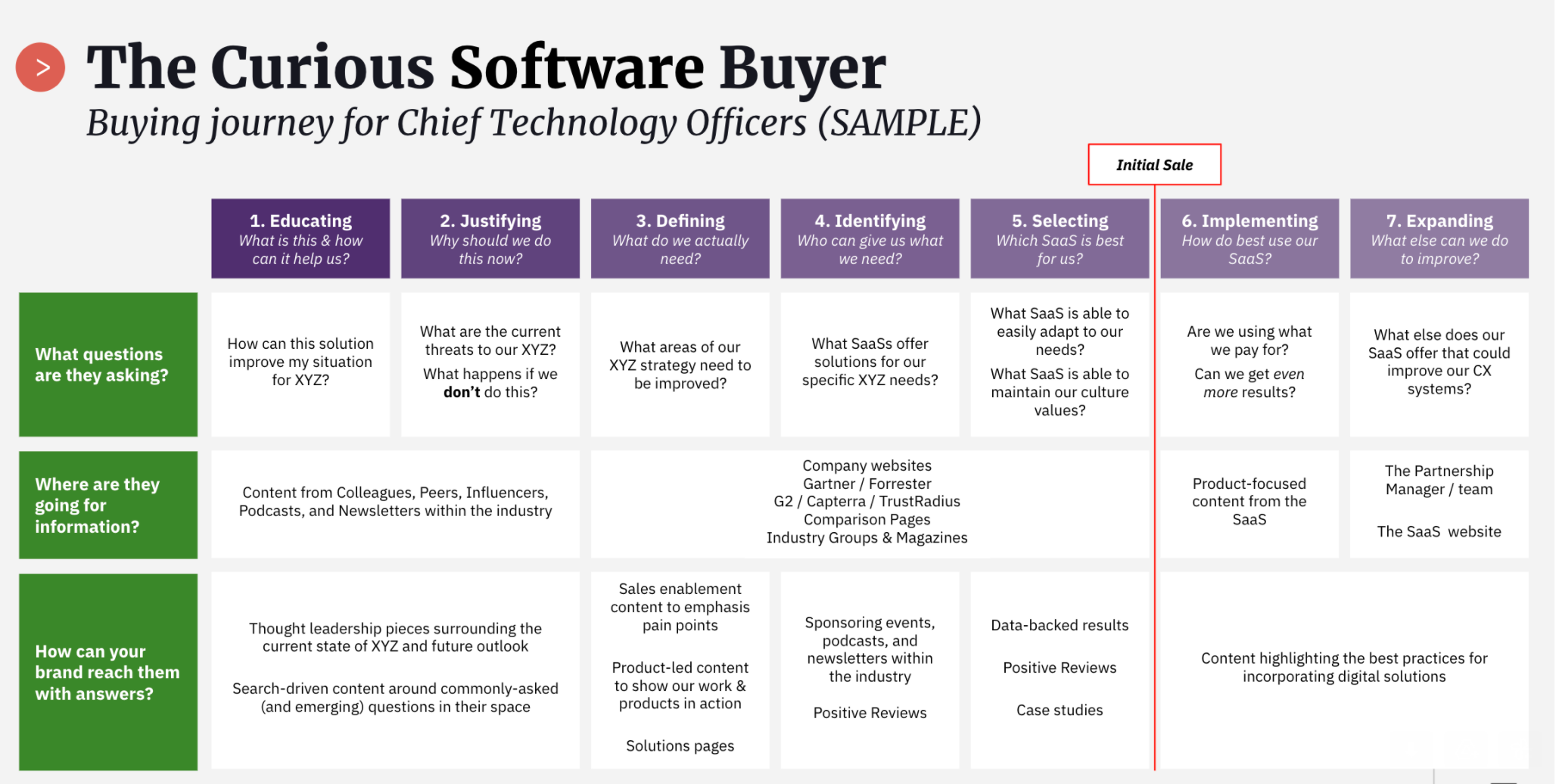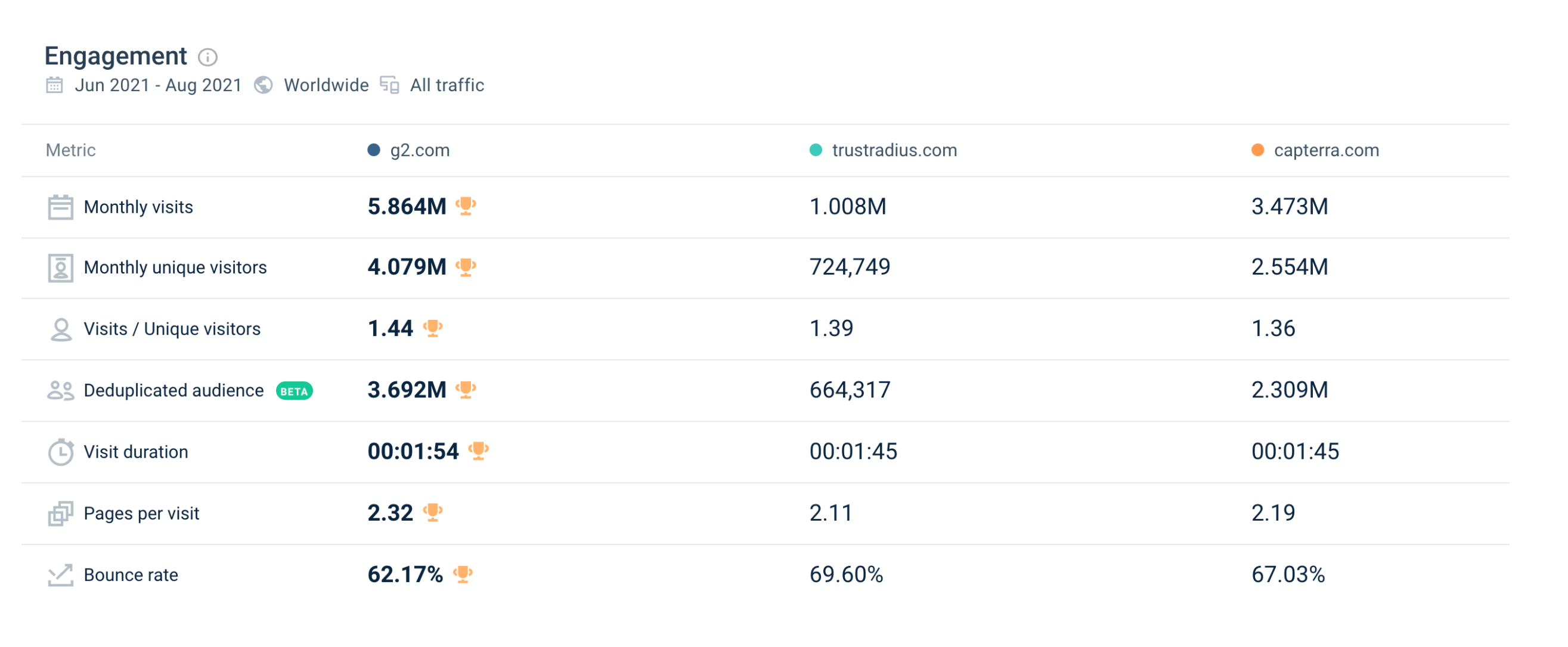I’m at a restaurant a few weeks back and it’s that time of the meal when the server asks if you’d like dessert. I’m not a sweets person. But this time I was feeling in the mood for something a bit sweet. I wanted to treat myself. The menu had 6 different types of cheesecakes and if there’s one type of cake (besides ice cream cake) that will always get my selection — it’s cheesecake. But selecting the right cheesecake out of 6 different options was not an easy decision. So… I asked the server two questions:
1) What would you prefer?
2) What do most people pick?
In the moment, I didn’t think anything of these questions. But after trying and falling deeply in love with a delicious mango key lime cheesecake… I quickly realized why it’s so valuable to trust the perspective of others when making important decisions. Here’s the thing:
Right now.
While you read these words it’s very possible that two things are happening.
First… You’re likely hoping that I get to the point soon and tell you why I’m talking about cheesecakes.
Second… You’re probably craving cheesecake.
So let me explain.
The same value that I received when I acquired third-party validation of which cheesecake I should select — Decision-makers in B2B are doing the exact same thing RIGHT now.
Yes, right now while you’re reading these words there is a CIO, CTO, CEO, CMO or CFO reading third party reviews about a software solution that may or may not be right for them and using it to gauge whether or not they should or shouldn’t purchase that solution.
Some of these reviews are being read in their inbox. Some of them are being read in a report. Some of them are being read in a Facebook group. Some of them are being read on one of the many review sites generating millions of visitors every single month.
It all depends on the industry. It all depends on the audience. It all depends on the maturity of the category.
But across the board… It’s third party information that helps decision-makers answer two key questions:
1) Who can give us what we need?
AND….
2) Which SaaS is the best for us?
These are what we call the “Identification” and “Selection” steps of the buying process. It’s the fourth and fifth step in a seven-step process towards the end of a buying journey for customers.
Here’s an example of what that full buying experience might look like for a curious software buyer who happened to be a Chief Technology Officer at a Fortune 500 company. Keep in mind… The actual details of what goes in here are going to differ from space to space and research should 100% be conducted vs. just a copy and paste of this *placeholder* example:

Did you notice what’s similar across steps 3 through 5?
It’s the place where these individuals are likely going for information.
They’re visiting review sites. G2. TrustRadius. Capterra. Etc… All of these sites are playing a significant role in the decision-making process for our ideal audience in this imaginary circumstance. This thinking does typically line up quite well across most SaaS industries but we’d always encourage you to do your own research for your own niche. This phenomena of review sites having a role to play in the decision-making process is not new. I spoke about the Yelpification of B2B back in 2019 when I shared the factors making this trend more and more relevant. I wrote…
The key factors driving the Yelpification of B2B brands include:
- People Trust People: Online reviews have been a staple of the web for years. People trust other people more than they trust a brand telling them how great they are. (84% of people trust online reviews as much as friends)
- People Want To Be Heard: Consumers want to be heard whether they’re buying a Tuna Melt or a subscription for your SaaS. Review sites give people the power to be heard and share both their praise & concerns.
- Businesses Want Praise: The same way a restaurant will promote the fact that they’re a Michelin Star rated restaurant, a CEO will promote the fact that they’re a top rated executive on Glassdoor.
- The Desire To Self Analyze: Buyers don’t always want to jump on a call with 4-5 different sales reps. They’d rather self-analyze and self-determine which product or service provider is going to be the right fit for them.
All of this still holds true today…
A quick search for the keywords “SEO software” gives you a crystal clear example of why review sites are still ridiculously powerful and such an important factor in almost every SaaS organizations marketing mix.
Here are some numbers:
- More than 4,400 people type SEO software into Google per month
- Brands are paying $6.33 per click for this traffic
- It’s estimated that the G2 page for “SEO software” gets more than 12,000 monthly visits
- It’s estimated that the Capterra page for “SEO software” gets 2,000 monthly visits
- Combined the various B2B review sites get more than 180,000 annual visits for “SEO software”
That’s a lot of valuable traffic. Based on the average spend for keywords in this vertical the total value of this traffic is over $500,000.
Not bad right?
The importance of embracing third-party review sites to drive traction for your product is real. One of the biggest challenges that marketers face when it comes to this marketing tactic is deciding what review site they should be prioritizing for their efforts. We wanted to do some research to get a better understanding of how these sites compared and the results were pretty staggering. According to Similarweb, G2 is the current runaway favorite for SaaS review sites across multiple key metrics:
 According to this data, G2 is generating almost 6M visits a month with 4M of those visitors being unique. That’s 4M potential software buyers visiting a third-party site (aka G2) to learn from other buyers and customers what the pros and cons are of the software they’re considering.
According to this data, G2 is generating almost 6M visits a month with 4M of those visitors being unique. That’s 4M potential software buyers visiting a third-party site (aka G2) to learn from other buyers and customers what the pros and cons are of the software they’re considering.
This is important.
It’s important because a lot of B2B marketers think of this part of the funnel as being the ‘boring stuff’ because it’s not getting them flown out to Cannes and on the front page of Adworld. But it’s this boring stuff that can help a company surpass its sales quota by 50% or have a direct impact on whether or not your CMO is actually still the CMO come 2022. Yes. It’s that serious. These are the things that have the power to make a lasting impact on the bottom line and your career at large.
Now don’t get me wrong…
This isn’t a pitch to go out and invest heavily in G2, Trustradius or Capterra. I like all of these sites. But I’m not telling you to drop what you’re doing and go invest in them tomorrow. I want you to go deeper. I want you to spend some time thinking about and researching whether these sites are actually that relevant for your industry like they are for the “SEO software” space. Because there may very well be other industry leaders worth considering and thinking about. Let me share with you some additional data that I recently pulled from Similarweb surrounding some of the most valuable keywords that G2 ranks for and some of the biggest competitors that they face:

Notice that last column?
- AntivirusGuide.
- Consumervoice.
- Minderest.
- 2Cryptocalc.
- Creativebloq.
- TheDigitalProjectManager.
- Softwareadvice.
These aren’t the famous SaaS comparison sites we’re all familiar with. Yet, these are the pages leading in some of these long-tail searches…
In fact, the deeper you go in the research… The more you realize that niche sites like AntivirusGuide and TheDigitalProjectManager are owning the SERP for keywords directly related to high-value search queries in SaaS. It’s actually a common situation across plenty of other categories. These websites present a lot of opportunities for marketers to think about.
- First… You could think about how you could partner with one of these sites to ensure that you’re showing up on one of the key sales pages that are influencing your target decision-makers.
- Second… You could think about how you could acquire one of these sites. Sometimes these sites are lifestyle businesses for serial entrepreneurs. You could always make these folks an offer they couldn’t refuse.
- Third… You could strategically reverse engineer the reason these pages are ranking in the SERP and use that to set goals for what you need to do in terms of backlinks and what a comparison page on your own website should look like.
All three of these options could present a massive opportunity. The key is realizing that the influences in every industry is going to be different and it’s important that you spend time understanding what third-party influences are having the biggest influence in your space.
If you’re not exactly sure what sites you should be thinking about and looking at. Here’s a tip => Type into Google “[Your Brand Name] Alternatives” or “[Your Competitor] Alternatives” – It’s likely that you will be met with everything from ads to organic listings of brands using ‘third parties’ to influence your target customers.
So make the time to do the research. Make the call to invest in what many consider boring. It’s by doing this that you will have the ability to strengthen your SEO moat and own the SERP.








